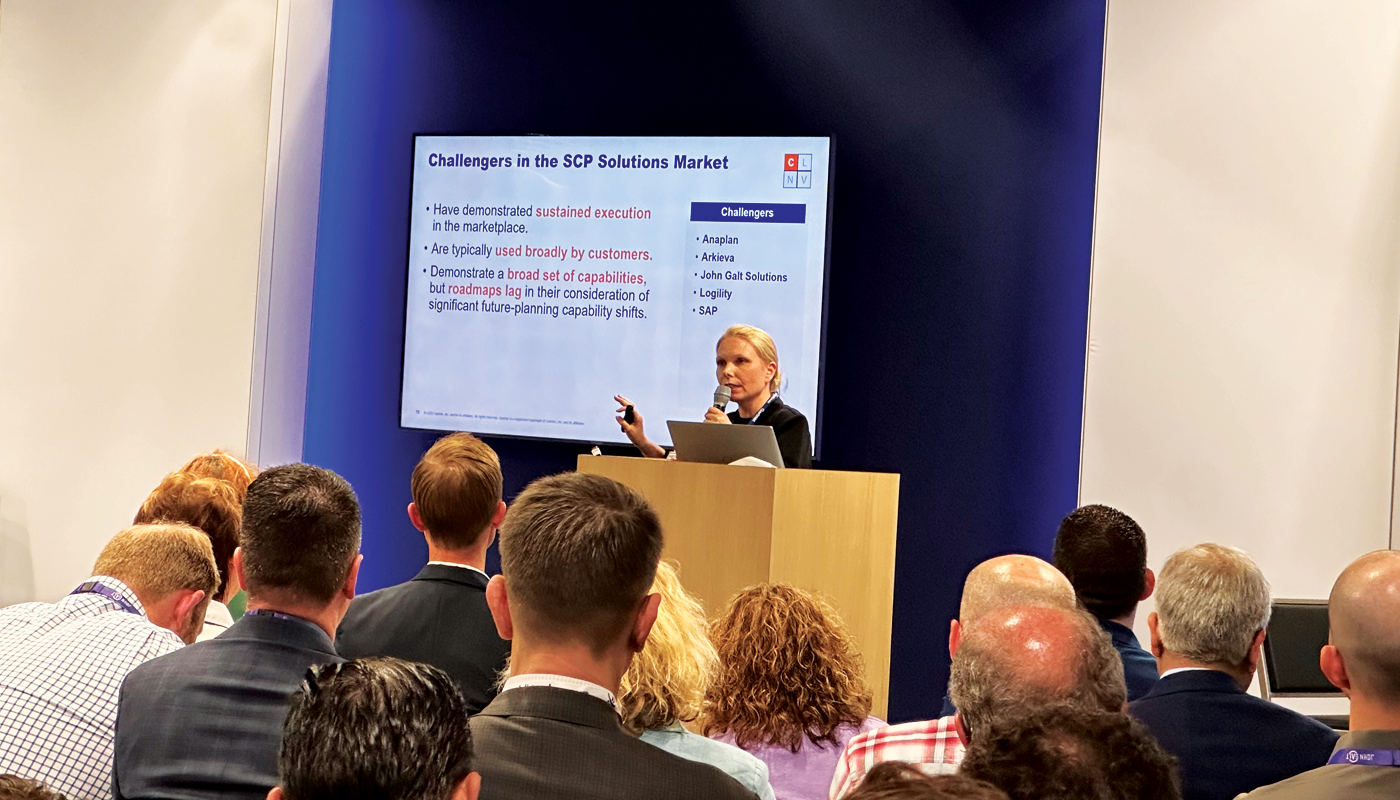
A key part of supply chain planning deals with matching the supply to demand. This refers to Supply Planning or Supply and Demand Balancing. In this step, usually these are the questions that one tries to answer:
- How to best meet demand?
- What to make (and where and when)?
- AKA Master Production Schedule or MPS
- How much raw material to purchase?
- AKA Materials Requirement Planning or MRP
- How to move materials across the network?
- AKA Distribution Requirements Planning or DRP
- How much capacity to use (and leave unused)?
- AKA Capacity Requirements Planning or CRP
- How much inventory is available to sell?
- AKA Able to Promise (ATP) or Capable to Promise (CTP)
- What is the projected inventory picture? Etc.
At Arkieva, we have often used supply chain optimization software to address these questions. Recently, I was asked by a prospect how this can be done. So, I thought of creating a simple write up on the topic.
The most common use of supply chain optimization technique is the case of network planning or network optimization. In this case, the question asked is where to locate facilities, and which ones to shut down, based on demand, labor rates, taxes, etc. This use case is typically strategic and affects the next 3-15 years. In the tactical timeframe (1-18 months), typically the need is to optimize the existing network. My write-up focuses on the tactical timeframe.
For any supply chain optimization model to provide any value, it first needs to represent the entity it is trying to model. In supply chain, this is usually done by data tables. These data tables represent the essential data; for example, what are the products, locations, work centers, what can be made, where, and at what cost, etc. Once the model represents the business to a close enough degree (it is never perfect), it is primed for application of optimization techniques.
Supply Chain Optimization Examples
The first and simple use of the optimizer is as a calculator. In essence, what that means is that one uses the model to calculate simple things using a desired result as a driver. For example, we can solve the model with a heavy penalty on unmet demand, thereby encouraging it to meet as much demand as possible. As it does this, for the optimization model calculates and reports to meet demand; it needs to:
- Produce certain Products (MPS)
- Procure certain raw materials (MRP)
- Move inventory through the network (DRP)
- Determine how much capacity to use and how much to leave unused (CRP)
While the above is helpful, Optimization as a technique is best used when we are selecting from various options. So, what might be some examples of using optimization in the tactical time frame to select from options?
- If there is too much demand, which demand should be met, and which should be left unmet?
- If there is too much capacity, which should be used and which should be left unused?
- If there are multiple ways (recipes) to make a product, which recipe should be used?
- If I cannot shut down a machine, what product should I make on it, once all demand has been met?
When the number of choices is quite large, optimization is very helpful as it provides a framework to make decisions. Generally speaking, humans approach a large number of choices via rules of thumb and sequential decisions. Optimization framework creates the possibility of considering multiple choices simultaneously, making the ‘best’ decision for the question in hand. The best decision is often a result of considering the trade-offs among the various options. Optimization is a particularly good technique at considering trade-offs.
[Read More: Optimization Puzzle]A New Way of Thinking: Overcoming the Counterintuitive Nature of Supply Chain Optimization
A planner coming from a rule-based way of thinking often faces the problem of finding the results from an optimization model to be counterintuitive. This is quite understandable. As this happens, they might think of reasons a particular output from the output model is infeasible. They might then introduce more constraints into the model. However, invariably, there is a point in every project where they have to accept the fact the optimization results are fundamentally different, and if they cannot find a reason to reject the results, then it must be right. This process can take 3 to 9 months depending on the planner and their experience.
Some examples of counterintuitive results include:
- The model decides to make a low margin product while not meeting demand for a high margin product; the reason could be that the model was able to make more of the low margin product based on capacity, rates, and other data, thereby leading to more overall profit for the company.
- If the machine cannot be shut down, the model might suggest producing the product at the slowest rate on that machine, once all demand and inventory targets have been satisfied. This is because it sees this extra production as unnecessary and finds clever ways to minimize the damage.
Enjoyed this post? Subscribe or follow Arkieva on LinkedIn, Twitter, and Facebook for blog updates.





